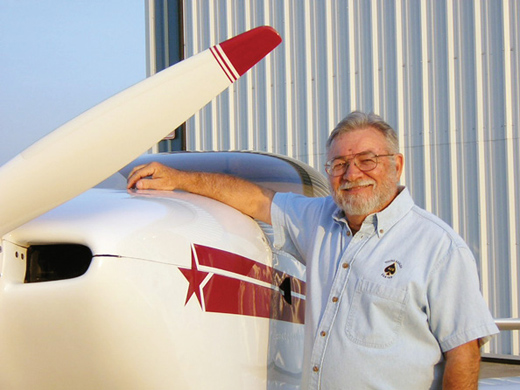
Last time we talked about inspection requirements, when they’re needed and how to sign them off. Now let’s see who can do this all-important inspection.
(26) An Experimental aircraft builder certificated as a repairman for this aircraft under 65.104 or an appropriately rated FAA-certificated mechanic may perform the condition inspection required by these operating limitations.
If we have applied for and received the repairman certificate for this aircraft, we may perform and sign off the condition inspection. But what if we bought the aircraft and don’t qualify for the repairman certificate? Well, then we must find an appropriately rated FAA-certificated mechanic. Note that nothing was said about an inspection authorization. The IA is not required at any time when inspecting an Experimental/Amateur-built aircraft; any A&P can do it. Reason being that one of the primary duties of the IA is to confirm that the aircraft meets its type certificate, and our aircraft does not have a type certificate.
One thing we haven’t discussed, and it isn’t even mentioned in our operating limitations, is the requirement to inspect and test the emergency locator beacon. Even though it’s not part of the annual condition inspection, this must be done annually. Why not include it then? It’s a convenient time, and the aircraft is already opened up.
There has been some question about whether you, as the repairman for your aircraft, can do this inspection. The folks in Oklahoma City have assured me that the holder of the repairman certificate can perform the inspection and testing required by 91.207(d). If you find a problem with the ELT, you are not authorized to make repairs unless the problem is limited to the installation.
(27) Application must be made to the geographically responsible FSDO or MIDO for any revisions to the operating limitations.
This rule was written when DARs were not authorized to amend operating limitations. It was discussed that DARs can issue the operating limitations, so why can’t they amend them? Eventually the rules did change, authorizing DARs who hold function code 33 to make these revisions. However, because you would normally first contact a FSDO or MIDO, the wording wasn’t changed.
(28) The pilot in command of this aircraft must notify air traffic control of the Experimental nature of this aircraft when operating into or out of airports with an operational control tower. When filing IFR, the Experimental nature of this aircraft must be listed in the remarks section of the flight plan.
This rule is what causes us to say “Experimental N12345” when calling the tower. However, this tells the tower operator nothing about what kind of aircraft you are flying except that it is not a Cessna, Piper or other “certified” aircraft. Often the controller will ask what kind of Experimental, mostly looking for something that will tell him what speeds to expect. I recommend that pilots add something like “Experimental RV N12345.” Now you have answered the unasked question.
This is only required when operating into or out of airports with an operational control tower. It is not required when transitioning airspace or operating at non-towered airports.
Listing the Experimental nature of the aircraft in the remarks section of the IFR flight plan is self-explanatory.
Well, this pretty much completes our operating limitations. What do you think? Thoroughly confused?
I get many questions about amateur-built and Light Sport Aircraft. You’d be surprised how many times the answer is, “Read your operating limitations.” Just about everything is in there.
Please send your questions for DAR Asberry to [email protected] with “Ask the DAR” in the subject line.
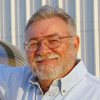
![]()
Mel Asberry is an experienced Designated Airworthiness Representative specializing in Experimental/Amateur-Built aircraft. He and his wife, Ann, have built seven amateur-built airplanes including two ultralight types, a Moni Motorglider, a Dragonfly Mk2, two RV-6s and a Zenair CH 601HDS. They are currently building a scratch-built biplane.







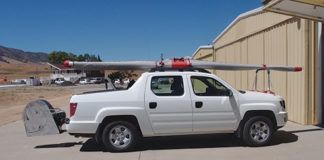
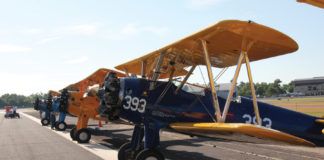
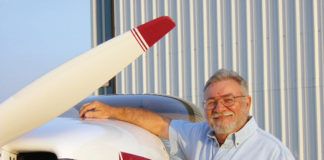
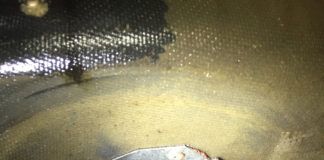
I want to get away from the wooden wing issues of the Hiperbipe. I would like to design a clean sheet set of metal wings and install on the Hiperbipe. I do not hold an authorized inspector rating for the subject airplane. What steps are needed to accomplish this?
You do not need to be an A&P to work on the Hiperbipe or to make modifications. However, the condition inspection (a.k.a. “annual”) must be performed by the repairman certificate holder for *that* aircraft or an A&P mechanic. No IA required. This will be considered a “major modification,” So the airplane will have to be put into Phase 1 testing again and the local FSDO notified.